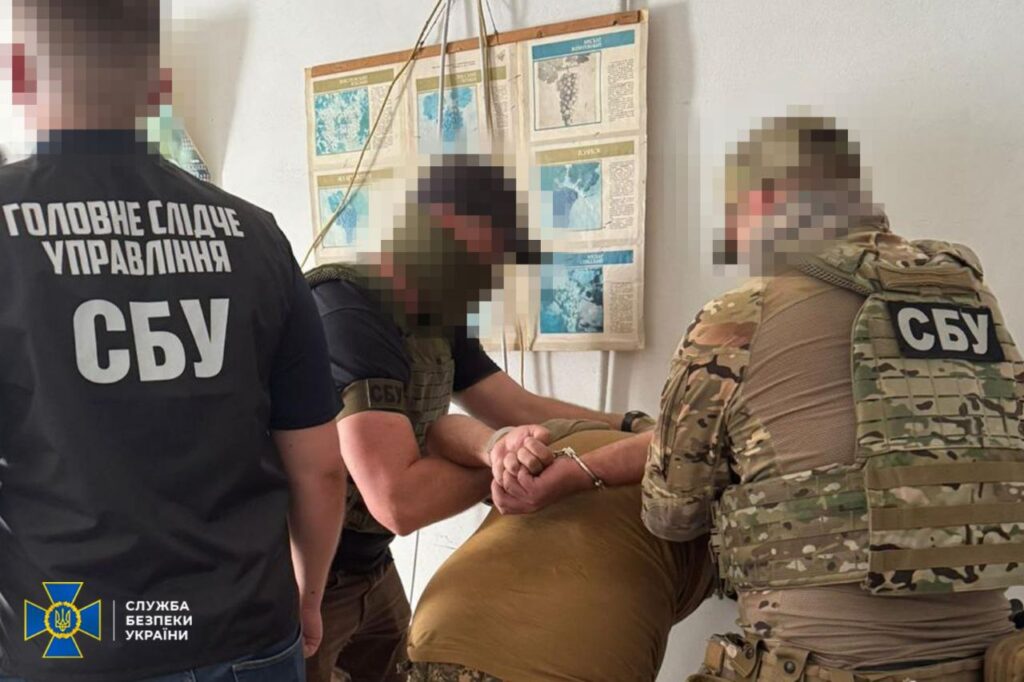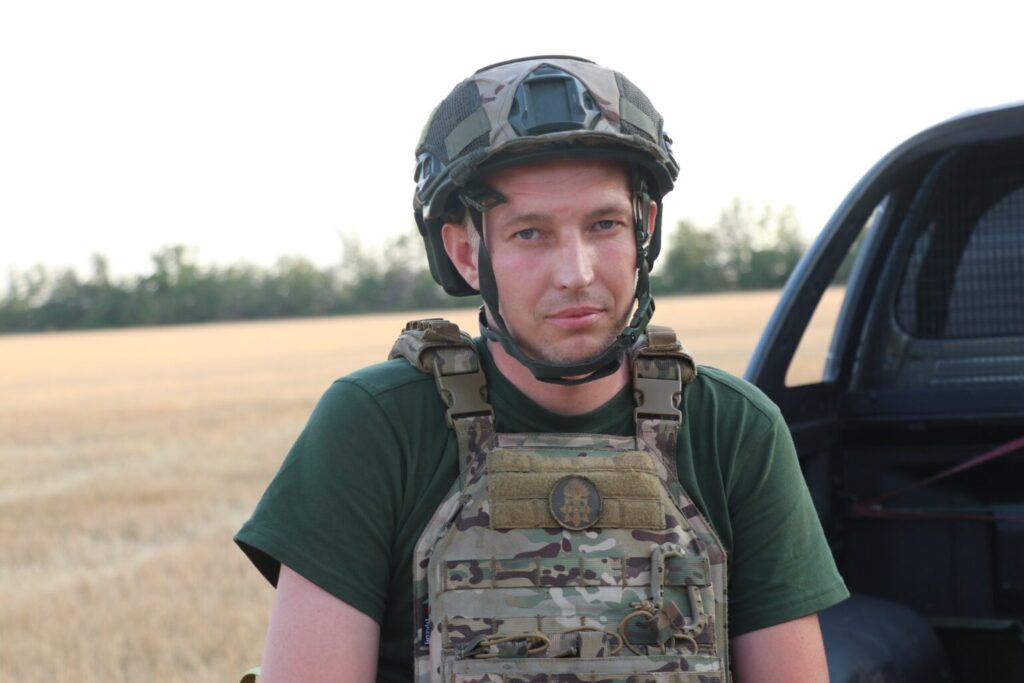Ukraine’s Azov member named Europe’s top combat medic after innovative drone rescue

Europe has honored a Ukrainian hero who saved lives under Russian fire. Combat medic Volodymyr Ryzhenko, call sign “Druh Sprite”, from the 12th Special Forces Brigade Azov, has been named “Best European Medic of the Year” in the Military Medicine category, according to Ukraine’s National Guard.
Awarded at Europe’s top military medicine conference
Ryzhenko received his award during the Combat Medical Care Conference 2025, Europe’s largest military medical summit, held in Germany with over 1,400 experts from 44 countries. The event was co-hosted by the German Bundeswehr.
A blood drop from the sky
In winter 2025, Druh Sprite made headlines after he saved a wounded comrade under enemy fire by performing an emergency blood transfusion using donor blood delivered by drone.
“It was a matter of minutes. Without that blood from the sky, he wouldn’t have made it,” his unit reported.
The act has become a landmark in the evolution of combat medical care.
Ukrainian medics share expertise globally
A three-member Azov medical team represented Ukraine at the conference, sharing first-hand battlefield experience.
-
Lt. Serhii Rotchuk (“Druh Jedi”) presented innovations in medical logistics,
-
Olha Tagirova (“Krava”) discussed treating wounded soldiers beyond the golden hour and the systematic training of personnel.
A sword for courage: a symbol of strength
Alongside the award, Ryzhenko received a ceremonial sword, a symbol of bravery, dignity, and strength. The honor highlights not only his personal heroism but also the excellence of Ukrainian military medicine, which continues to save lives on the front lines every day.







